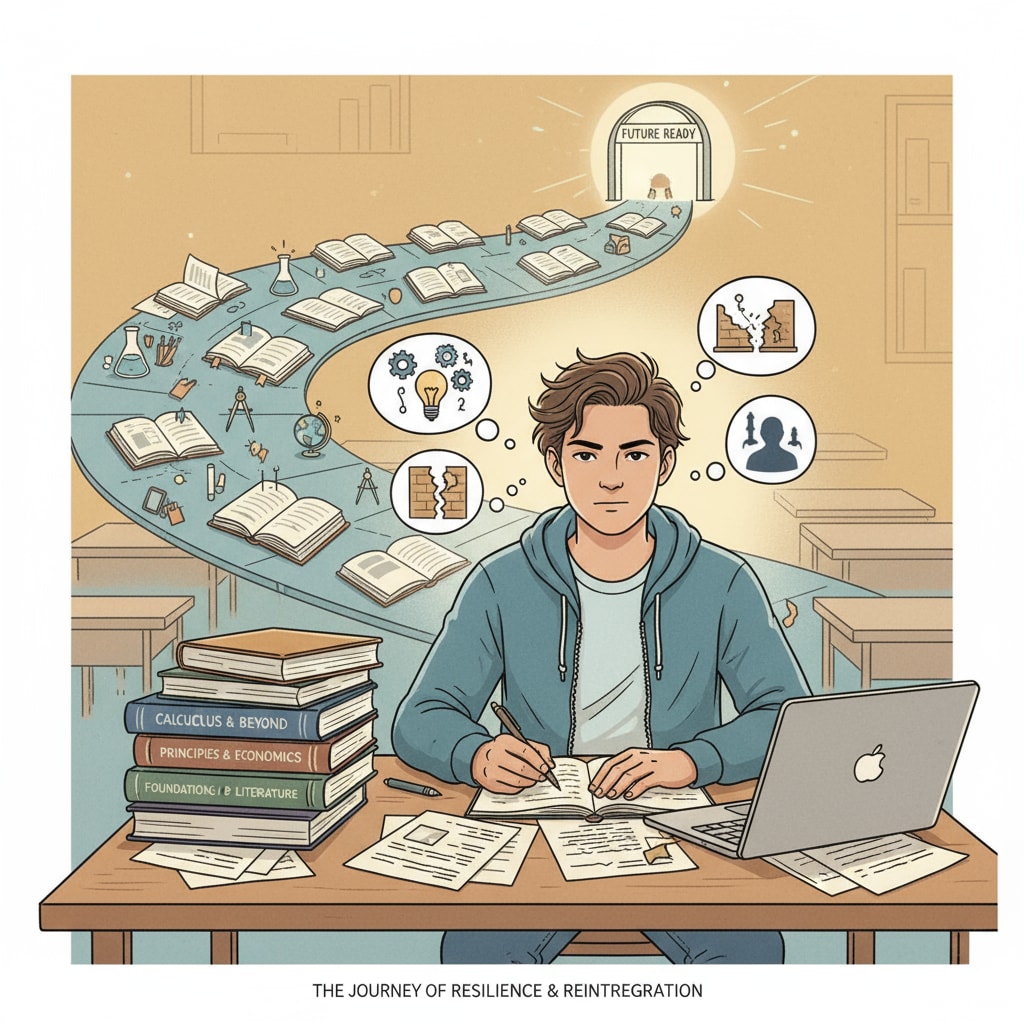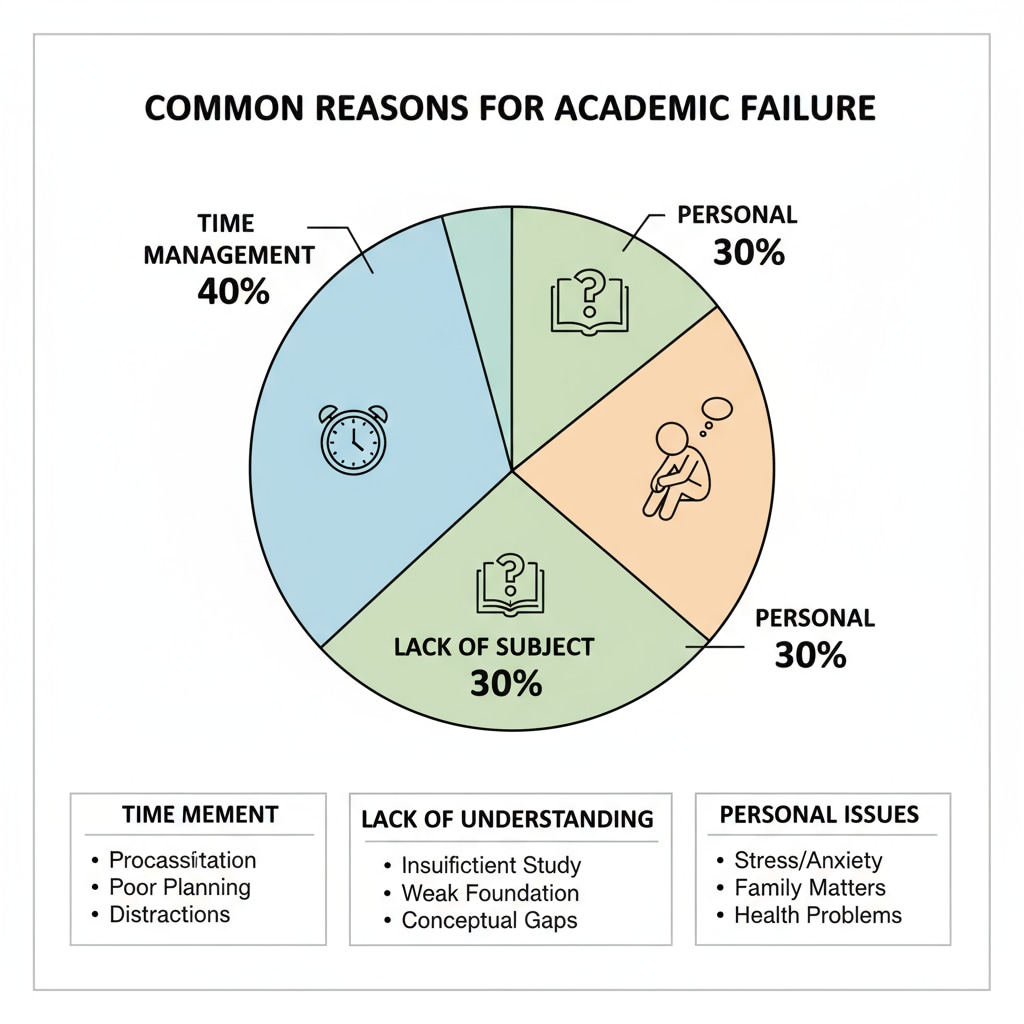Academic failure, university expulsion, and reapplication are topics that many students and their families may encounter. When a student faces the harsh reality of academic failure and subsequent university expulsion, it can feel like the end of the road. However, it’s important to recognize that this is not the conclusion but rather an opportunity for a new beginning.

The Root Causes of Academic Failure
There are numerous factors that can contribute to academic failure. For example, some students may struggle with time management. In college, the increased freedom in scheduling can be overwhelming. Without proper organization, they may find themselves procrastinating and not having enough time to study, complete assignments, or prepare for exams. According to APA’s guide on time management, effective time management is crucial for academic success.
Another common cause is a lack of understanding of the subject matter. If a student doesn’t have a solid foundation in a particular area, they may find it difficult to keep up with the coursework. This could be due to gaps in their previous education or simply not grasping the fundamental concepts. Additionally, personal issues such as family problems, health issues, or mental health challenges can also significantly impact a student’s academic performance.

The Impact of University Expulsion
University expulsion is a serious consequence that can have far-reaching effects on a student’s life. It can damage a student’s self-esteem and confidence. Being told that they are no longer welcome at the university can make them feel like a failure, which may lead to feelings of depression and anxiety.
Moreover, it can also limit future educational and career opportunities. Many institutions and employers may view an expulsion as a red flag. However, it’s important to note that not all is lost. With the right approach, students can overcome this setback and find their way back to education. As Inside Higher Ed’s article on life after academic dismissal points out, there are ways to turn things around.
Reapplication is the first step towards rebuilding their educational journey. It’s a chance for students to show that they have learned from their mistakes and are committed to making positive changes.
Readability guidance: Each section here presents clear points about the causes and impacts. Transition words like ‘for example’ and ‘additionally’ are used to connect ideas. The paragraphs are short and focused, and the lists help summarize key factors.


